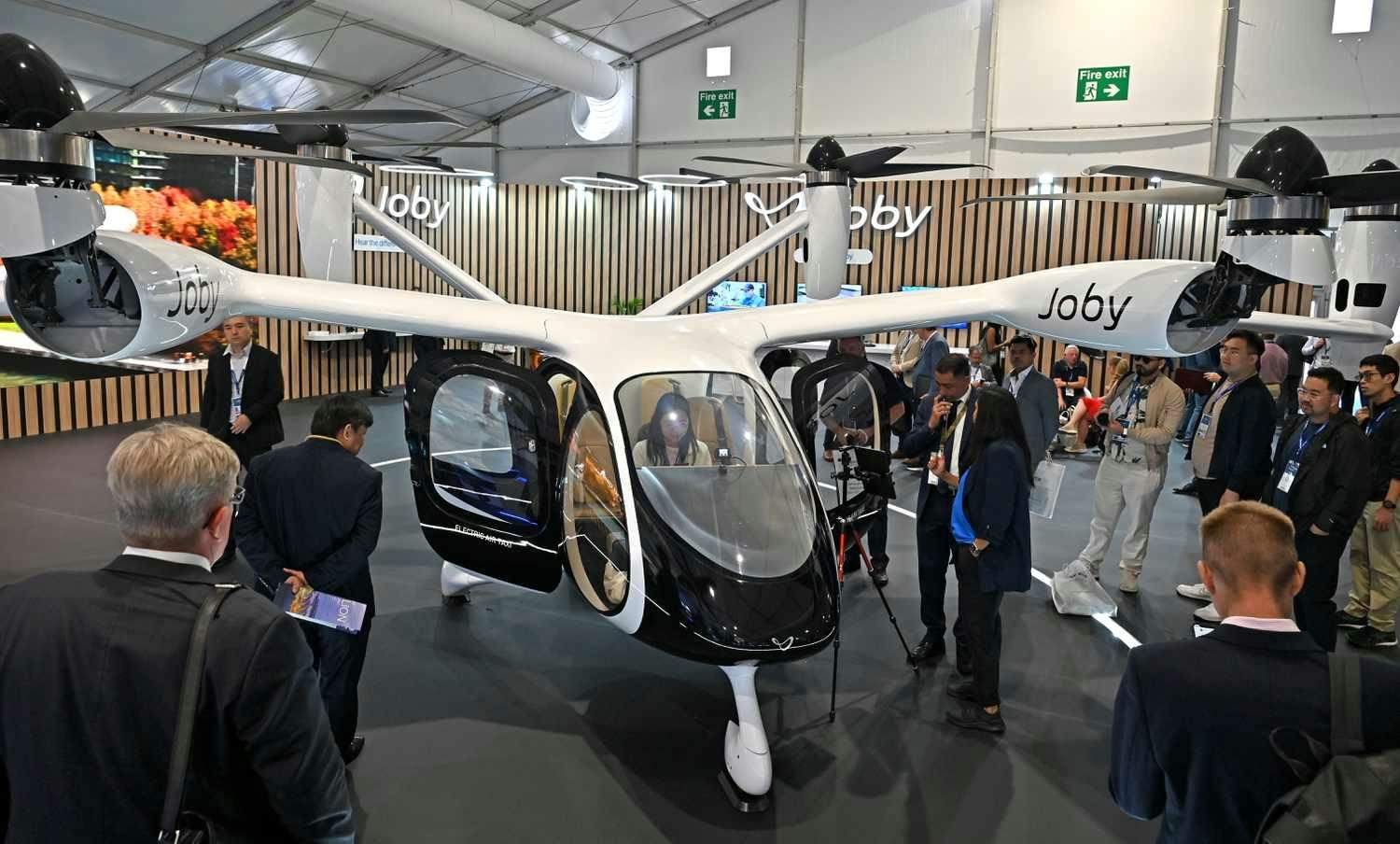
AeroGenie — Your Intelligent Copilot.
Trending
Categories
Ursa Major Engine Start-Up Advances U.S. Space Industry
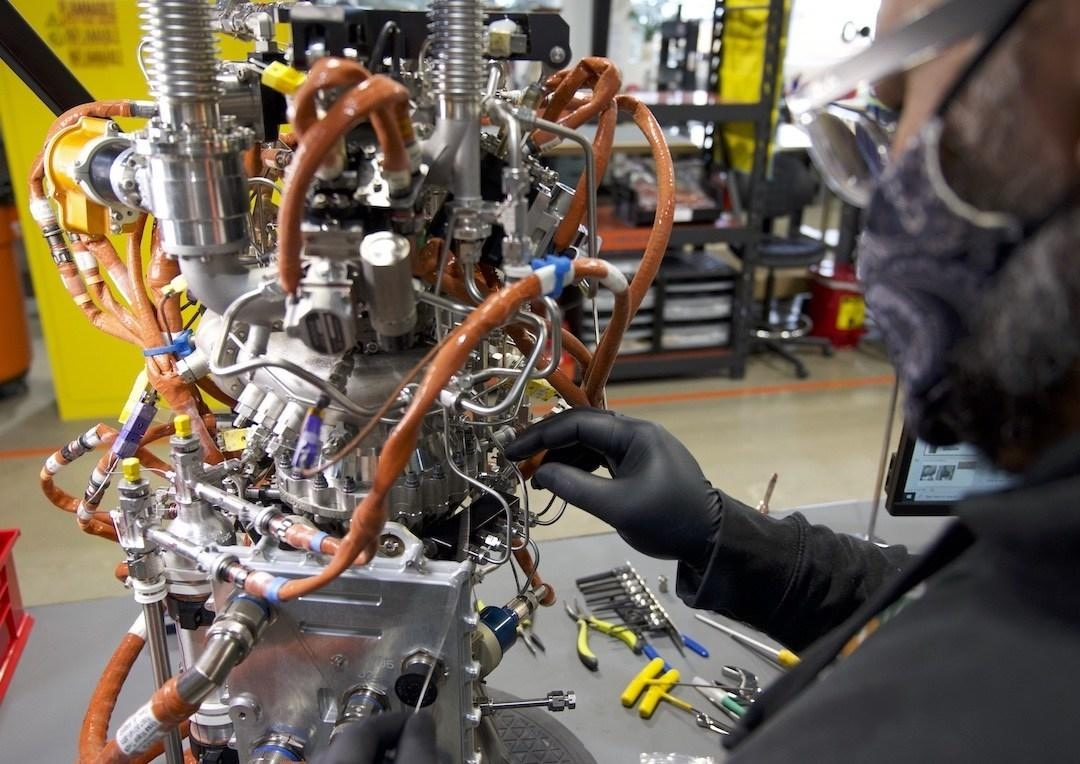
Ursa Major Engine Start-Up Advances U.S. Space Industry
Breaking New Ground in Hypersonic Flight
In December, a significant milestone in U.S. aerospace was achieved when a domestically produced reusable aircraft surpassed the hypersonic barrier for the first time in nearly six decades. This breakthrough was not the work of an established aerospace giant but rather a Colorado-based start-up, Ursa Major. Headquartered just north of Denver, Ursa Major is quietly transforming the advanced propulsion market. Its Hadley liquid rocket engine has powered Stratolaunch’s experimental Talon-A uncrewed aircraft to Mach 5 hypersonic flight on two occasions, a feat confirmed by the Pentagon in May.
Dan Jablonsky, who assumed the role of CEO in 2024, described this accomplishment as unprecedented. He emphasized the novelty of two start-ups developing and flying a reusable hypersonic vehicle, a feat previously unseen in the industry. Jablonsky attributes this success to the company’s rapid design and development cycles, which are supported by venture capital investment. He highlighted Ursa Major as a prime example of how venture funding can accelerate innovation by enabling new ideas to be tested and implemented on an ambitious scale and timeline.
Innovation in Engine Design and Strategic Collaborations
The Hadley engine, notable for its composition of 80% 3D-printed components, is offered in three variants, including a model capable of hypersonic flight and another qualified for space operations. Beyond its work with Stratolaunch, Ursa Major is collaborating with the Japanese start-up Innovative Space Carrier to launch a Hadley-powered prototype before the end of the year. This initiative could mark the first-ever joint U.S.-Japan commercial space launch, underscoring Ursa Major’s expanding international footprint.
Domestically, Ursa Major is making significant inroads into the defense sector, traditionally dominated by legacy manufacturers. In 2023, the company introduced a flexible, high-rate production approach for solid rocket motors (SRMs), aiming to revitalize a market long hindered by supply chain constraints and limited competition. Until recently, only Northrop Grumman and Aerojet Rocketdyne—now part of L3Harris—supplied SRMs in the United States.
Eighteen months later, Ursa Major has validated its Lynx SRM manufacturing process and is collaborating with Raytheon to develop new long-range missiles, including a successful test flight conducted in March. The company is also under contract with the U.S. Navy to prototype SRMs for the Standard Missile program, which supports ship-based air defense and anti-ballistic missile operations.
Challenges and Industry Impact
Jablonsky credits Ursa Major’s momentum to its emphasis on rapid integration of new technologies. He noted that the company has developed three entirely new liquid rocket engine systems, a pace unmatched by many established primes, some of which have not introduced new engines this century. This accelerated development cycle represents a significant shift in the industry’s approach to propulsion technology.
Despite these advances, Ursa Major and its peers face considerable challenges, including regulatory hurdles and the inherent technological uncertainties of hypersonic flight. Nevertheless, the company’s progress has attracted heightened investor interest in U.S. space industry start-ups. Established aerospace competitors are responding with increased research and development efforts and new strategic partnerships to maintain their competitive edge.
Other emerging aerospace companies, such as hypersonic developer Hermeus and defense technology firm Anduril, are adopting similar strategies, signaling a broader industry shift toward rapid innovation and agile development. Ursa Major’s trajectory exemplifies how a new generation of aerospace and defense companies is reshaping the sector through continuous breakthroughs.

Growth Expected in Aviation Biofuels Market

Civil Aviation Minister Says Air India Crash Investigation Is Thorough and Professional

Airline Industry Challenges in 2025: Layoffs, Mergers, and AI Pricing
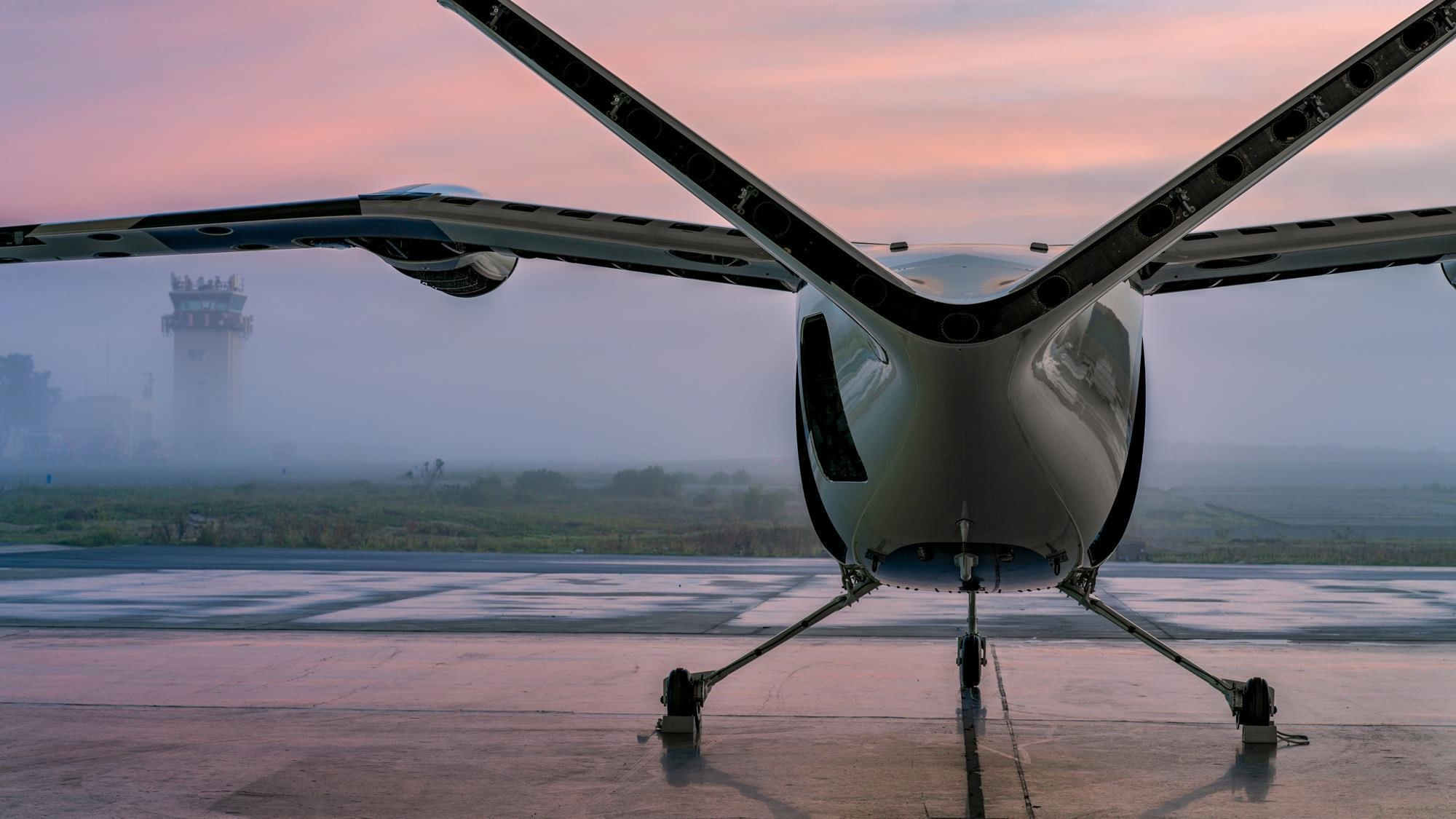
FAA to Review Honda’s Exemption Request for eVTOL Aircraft Trials in the US
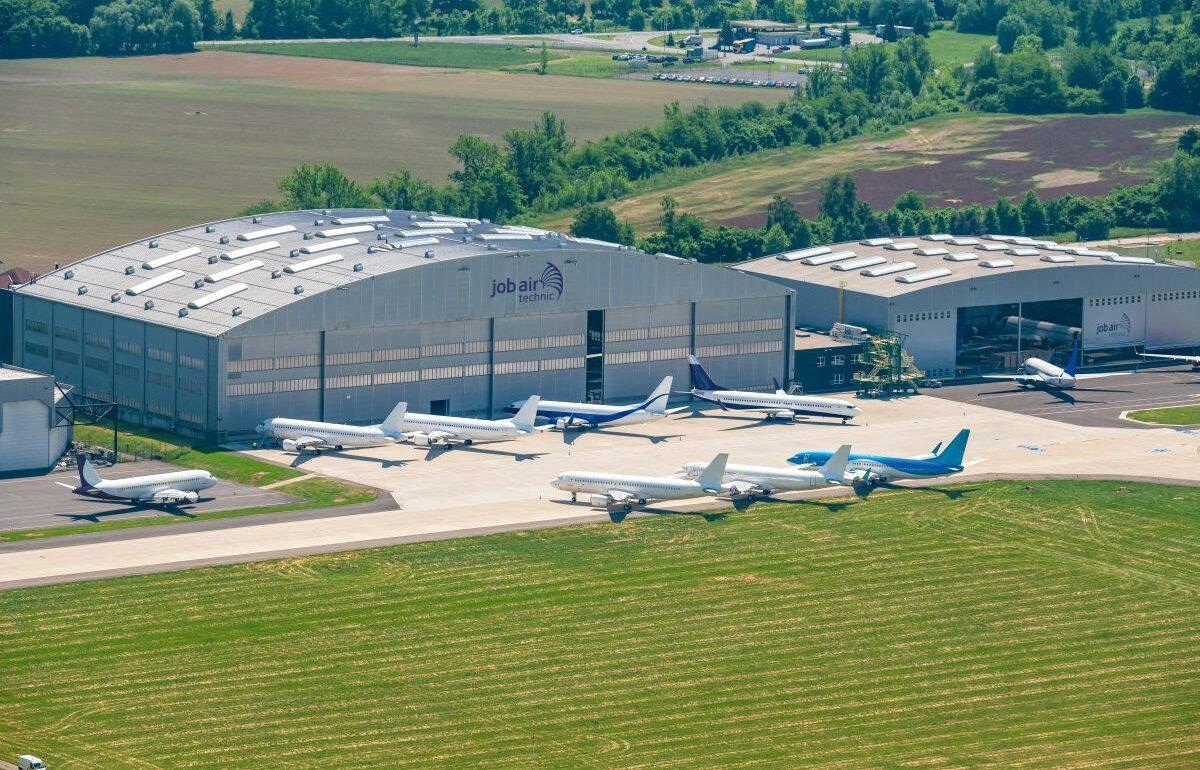
New Aviation Maintenance and Training Center Planned for North Bali

Airbus Exceeds 2025 Delivery Target with 793 Aircraft
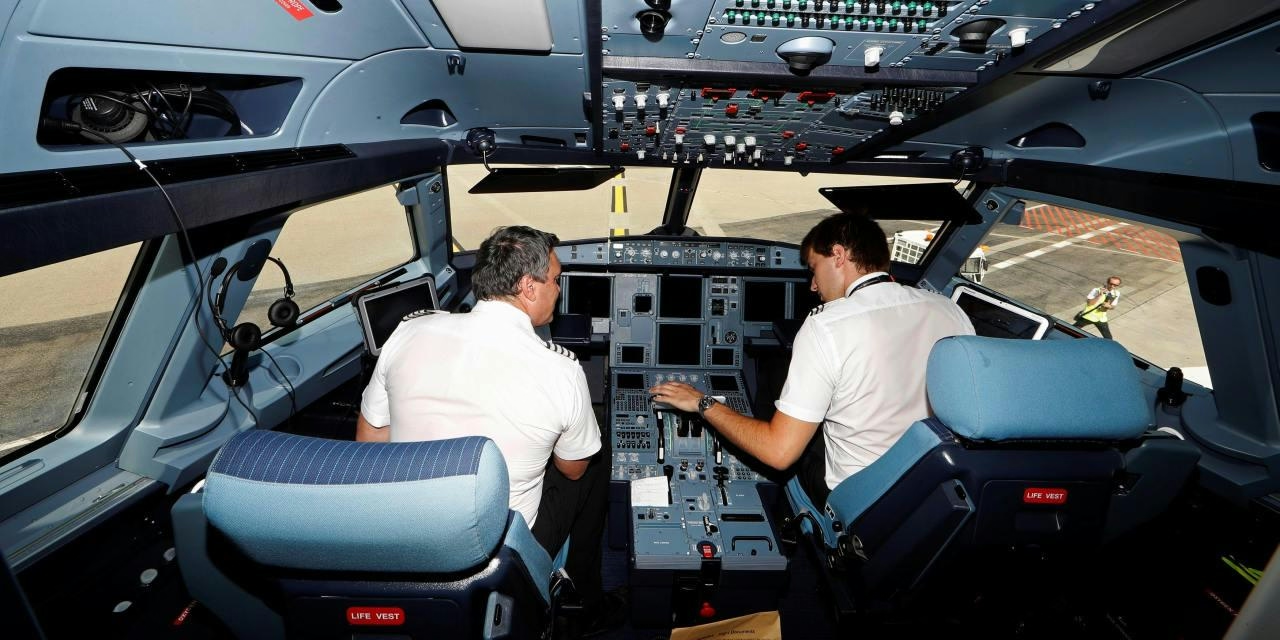
TransDigm Group Reshapes the Aerospace Supply Chain

Qatar Secures ICAO Re-election and Expands Aviation Routes

UAE and China Advocate for Flying Taxis Over Self-Driving Cars
